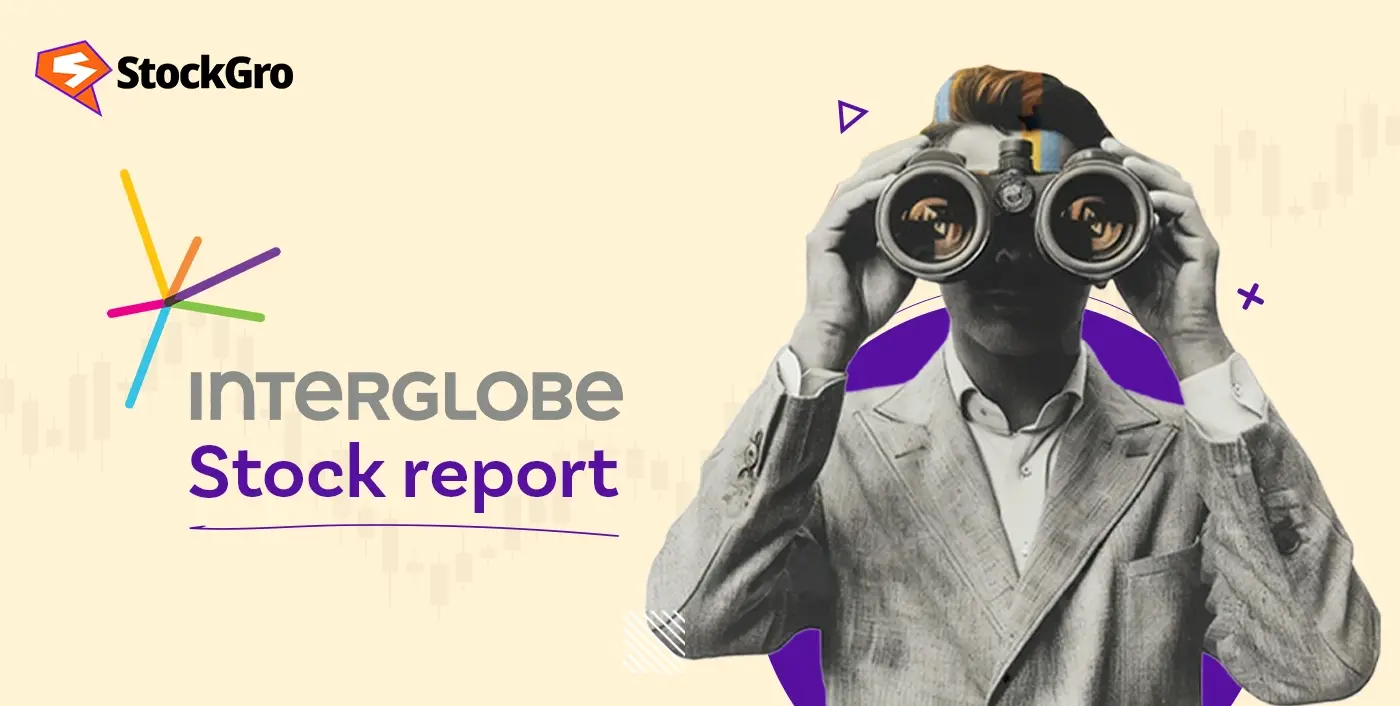
Public holidays have long been suspected of influencing stock market behavior, with many investors debating the existence of the “holiday effect.” Some believe that markets tend to perform well before or after holidays due to investor sentiment, while others argue that macroeconomic factors play a far greater role. In this blog, we break down historical trends, key financial metrics, and recent studies to understand the real impact of holidays on the Indian stock market.
The ‘holiday effect’ and its influence on Indian stock markets
The holiday effect refers to the tendency of stock markets to show unusual price movements before or after public holidays. Investors often anticipate festive periods as a time of optimism, influencing short-term market sentiment. However, historical data and financial studies indicate that while such trends exist, they are inconsistent and often overshadowed by broader economic forces.
Also read: How share market holidays affect trading volume and strategies?
Recent market observations
- The Indian stock market has shown occasional pre-holiday rallies, particularly around festivals like Diwali and Dussehra.
- However, macro factors such as RBI policies, GDP growth, and global economic trends have a more substantial influence.
- The BSE Sensex and Nifty indices have experienced volatility around holidays, but these fluctuations are rarely strong enough to form a predictable pattern.
Market dynamics around holidays
1. Trading volume and volatility
- Before holidays: Trading volume surges as investors rush to adjust portfolios before the market closes.
- During holidays: Zero trading activity leads to a temporary pause in market movements.
- After holidays: Pent-up demand can cause an initial spike in trading activity.
- Volatility: Thin trading volumes around holidays can lead to erratic price swings, making the market riskier for short-term traders.
2. Stock price behavior
- Pre-holiday market sentiment can lead to short-term price increases, particularly in sectors like consumer goods and retail.
- Post-holiday price adjustments occur as the market reacts to news and events accumulated during the closure.
The role of economic indicators in shaping holiday market trends
While holiday-driven sentiment might impact short-term movements, broader economic indicators dictate long-term trends. Some key indicators include:
| Economic Indicator | Impact on Stock Market |
| Inflation Rates | High inflation increases business costs and lowers investor confidence. Moderate inflation indicates economic growth. |
| GDP Growth | Higher GDP growth signals a strong economy, boosting stock prices. Slower growth can weaken investor sentiment. |
| Unemployment Rates | Lower unemployment leads to higher consumer spending and corporate profits, strengthening the market. |
| RBI Monetary Policies | Interest rate cuts boost liquidity, making stocks more attractive. Rate hikes can slow down investment activity. |
| Sector-Specific Trends | Certain sectors (e.g., retail, FMCG) may see increased activity before festive seasons. |
Investors must focus on these indicators rather than attributing stock movements solely to the holiday effect.
You may also read: Complete List of Share Market Holidays in 2025 Across Major Indian Exchanges
Holiday impact on stock performance
Here’s how these holidays impact market performance:
1. Trading volume and liquidity
- Investors often increase trading activity before holidays to adjust portfolios.
- Institutional investors may rebalance holdings before a market shutdown.
- Post-holiday liquidity surges as investors react to accumulated news.
2. Stock price movement
- Stocks with lower liquidity may see wider bid-ask spreads, leading to price fluctuations.
- High speculative trading can drive sharp price swings around major holidays.
3. Global market influence
- Events in international markets during Indian holidays influence stock prices upon reopening.
- ADRs and GDRs of Indian companies trading on foreign exchanges provide early indicators of market sentiment.
4. Behavioral finance perspective
- Investors exhibit cautious trading behavior before market closures.
- Festive optimism can drive sentiment-based investing, often leading to short-lived bullish trends.
Historical study: Is the holiday effect real in India?
A study analyzing SENSEX returns examined the holiday effect using the Mann-Whitney U-test. Findings revealed:
- No significant pre-holiday effect in Indian stock markets.
- Short-term positive returns before major holidays like Diwali and Independence Day were statistically insignificant.
- The holiday effect, while present in global markets like the US and Hong Kong, is absent in India.
Key takeaway: Strategies based purely on the holiday effect may not yield abnormal returns for Indian investors.
You may also like: Top 5 intraday screeners every trader should use in 2025
Risk management strategies around market holidays
Investors can mitigate risks and optimize returns by following these strategies:
1. Pre-holiday preparation
- Assess portfolio exposure to volatile stocks.
- Maintain cash reserves to take advantage of post-holiday opportunities.
- Diversify holdings to reduce risks.
2. Use of protective orders
- Set stop-loss orders to manage downside risk.
- Use trailing stops to lock in profits.
3. Hedging strategies
- Consider put options to hedge against market declines.
- Use futures contracts for index protection.
4. Staying informed
- Monitor global market trends during Indian stock exchange holidays.
- Track economic calendars for major financial announcements.
Conclusion: A holistic approach to investing
While the holiday effect is a widely debated concept, historical data suggests that it does not significantly influence long-term stock market performance in India. Instead, macroeconomic factors such as inflation, GDP growth, RBI policies, and global market conditions play a more substantial role in shaping stock trends.
For investors, a well-researched, diversified investment strategy is far more reliable than attempting to time the market based on holiday-based anomalies. While some short-term traders may capitalize on speculative pre-holiday movements, long-term success in the stock market depends on understanding economic indicators and market fundamentals.
FAQs
1. What is the holiday effect in the stock market?
The holiday effect refers to a pattern where stock prices tend to rise before public holidays, driven by positive investor sentiment and lower trading volumes. However, research in India suggests that this effect is inconsistent and influenced by broader economic factors.
2. Do Indian stock markets always rally before holidays like Diwali?
While Diwali Muhurat Trading has historically shown bullish trends, there is no consistent pattern of pre-holiday rallies across all holidays. Market movements are driven more by macroeconomic indicators, sectoral trends, and global events than by holiday sentiment alone.
3. How does stock market liquidity change around holidays?
Before a holiday, trading volumes often increase as investors adjust positions. During the holiday, liquidity drops to zero. When markets reopen, volatility tends to spike due to accumulated global news and investor reactions.
4. Should traders change their strategy around market holidays?
Short-term traders should be cautious as volatility can increase post-holiday. Strategies like stop-loss orders, hedging, and portfolio rebalancing can help manage risks. However, long-term investors should focus on broader economic trends rather than short-term holiday effects.
5. Is the holiday effect a reliable strategy for trading in India?
Studies using SENSEX data from 2012 to 2022 found no statistically significant holiday effect in India. This means relying solely on holiday-based trading strategies may not yield abnormal returns, and investors should consider economic indicators for better decision-making.

